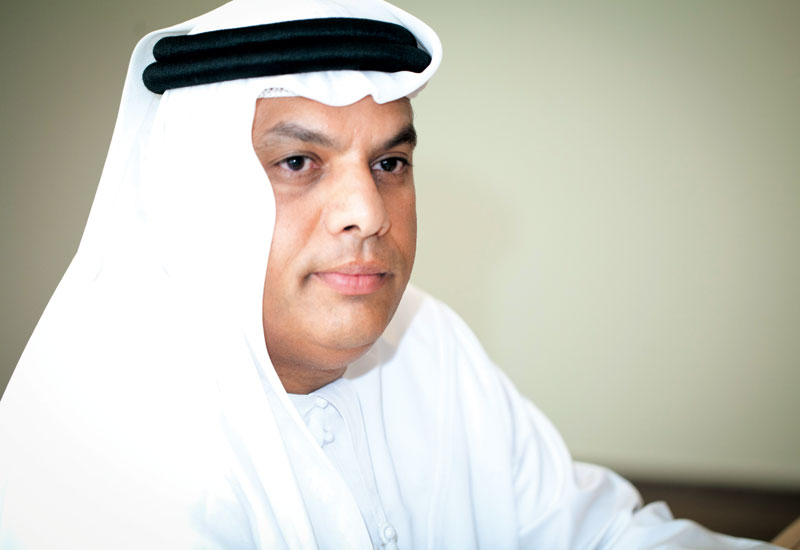This variation of rental costs in the Middle East is one of the reasons for the chain’s fast rate of expansion, as new stores are now able to take advantage of the lower rents for retail space.
In contrast, many of the older stores are still suffering the high rental prices of contracts which were fixed before the economic downturn.
With global food prices also currently at record highs, the amount that each store charges per menu item is put into even tighter focus: “We are going to have to adjust our menu prices upwards because of prevailing market conditions,” warns Al Hamar. “Each franchise will adapt its prices separately.”

| Advertisement |
Although this creates inconsistency of the Subway offering across the Middle East, Al Hamar says it is unavoidable: “It is not fair to demand that all stores charge the same,” he claims. “If I have the opportunity to reduce the prices in one store because their costs are not as high then I will do, because it represents a benefit to the consumer.”
The consumer experience is at the heart the Subway strategy, says Al Hamar. Although the standalone locations are the most profitable, followed by those in malls and then gas station outlets, the chain’s plan is to cater to the customer’s needs, not chase immediate profits.
It intends to diversify its Middle Eastern locations, opening more gas station restaurants and moving into areas such as hospitals, airports and universities in order to provide convenience for the consumer, says Al Hamar: “It’s not about having the biggest number of stores but finding concentrations of people and providing convenient locations for everyone to get the product.”
Subway will increase the number of outlets at petrol stations by 10% this year and aims to increase its non-mall outlets as a proportion of total stores.
Product development is also driven by the consumer; Al Hamar says that healthy options are growing in popularity and that, following the success of the recently introduced vegetarian “Vegetali” sandwich, he is looking into providing a vegan option.
However, the big challenge for Subway is communicating to consumers the full range of options available at the chain: “People say ‘I don’t eat at Subway because you only do cold sandwiches,’ but only 30% of our sales are actually cold sandwiches; 70% of our sales are hot. It’s a matter of miscommunication,” says Al Hamar.
The future is looking bright for Subway; with the MENA franchise industry reported to be worth $30 billion, franchising is also “the safest investment percentage wise,” for potential restaurateurs, according to Al Hamar.
Although the chain’s plans were modified in line with the less favourable market conditions of the past few years, Al Hamar is optimistic.
“We had even more ambitious plans for expansion originally, but we have reduced our expectations,” he says.
“Dubai was supposed to have a population of five million people by 2015 for instance, but that is no longer predicted, so we have changed our plans accordingly. But if the market is there we will grow with it.
With Abu Dhabi and Dubai investing more in infrastructure than any other city globally, we predict that in the next three to five years the market should boom again as the rent rates stay low and more people come to the city.”
Subway’s history
The Subway chain was co-founded by Fred DeLuca and Dr. Peter Buck in 1965 and to this day is owned and operated by Doctor’s Associates, Inc. (DAI). In 1984, the restaurant brand ventured outside North America with the opening of an outlet in the island of Bahrain.
Number of Subway restaurants in the Middle East:
UAE (105)
Saudi Arabia (43)
Kuwait (42)
Qatar (17)
Jordan (11)
Bahrain (11)
Oman (9)
Lebanon (5)
Egypt (4)









 Search our database of more than 2,700 industry companies
Search our database of more than 2,700 industry companies









